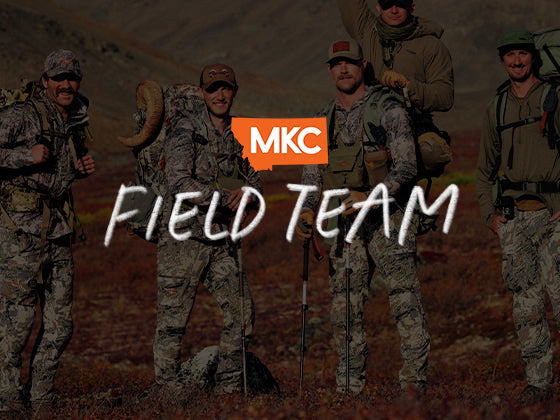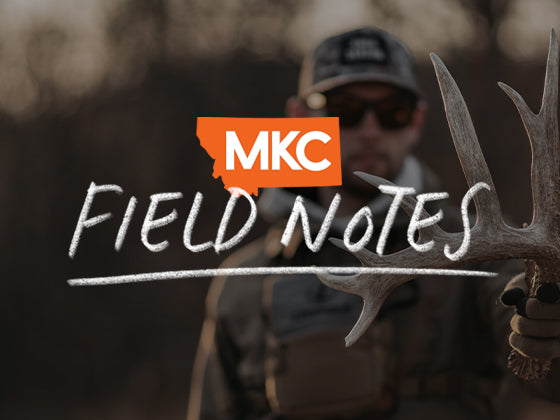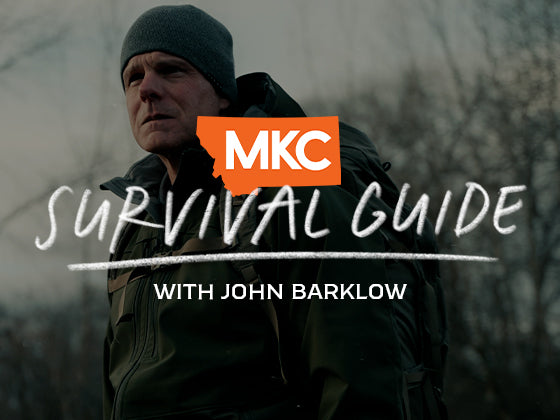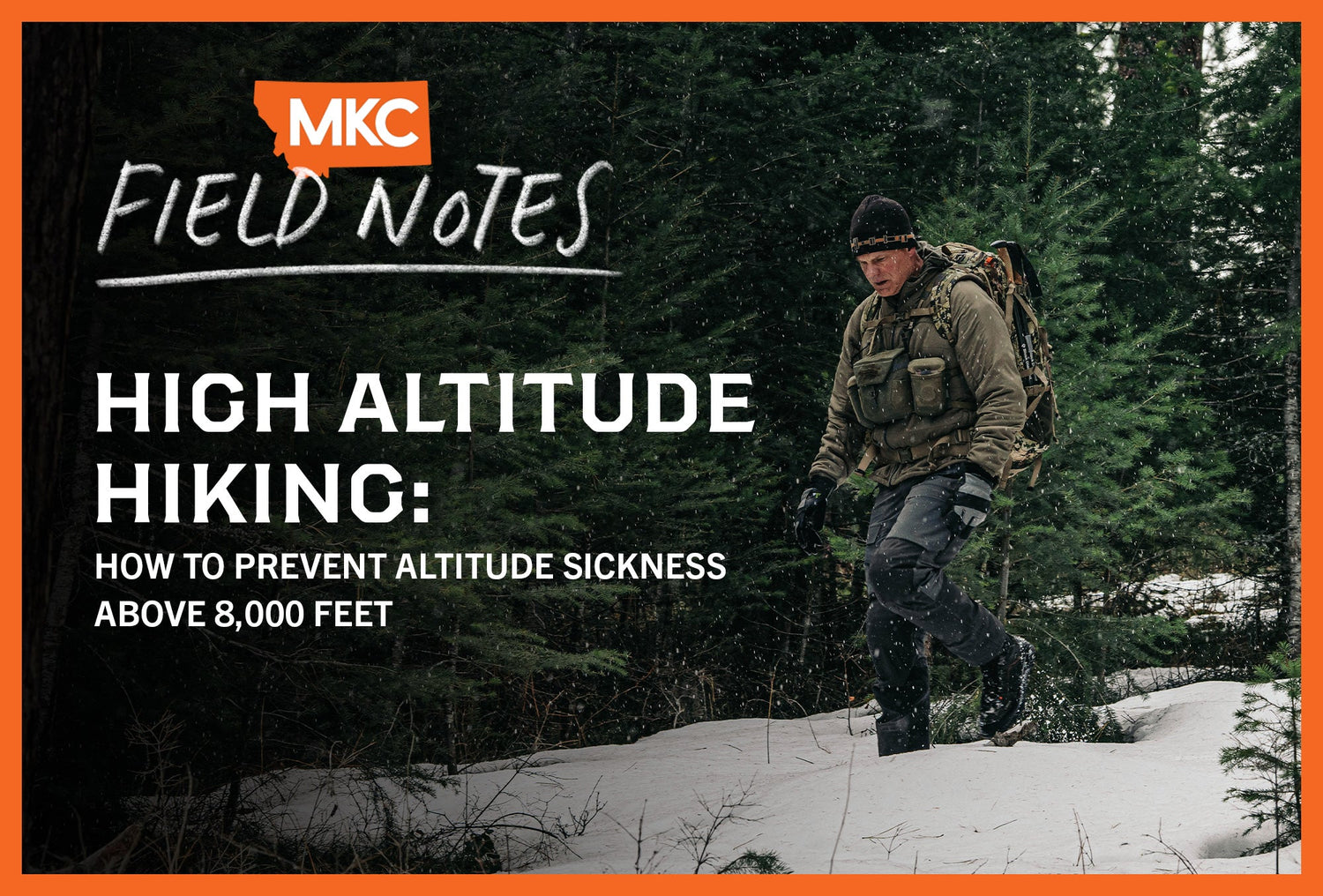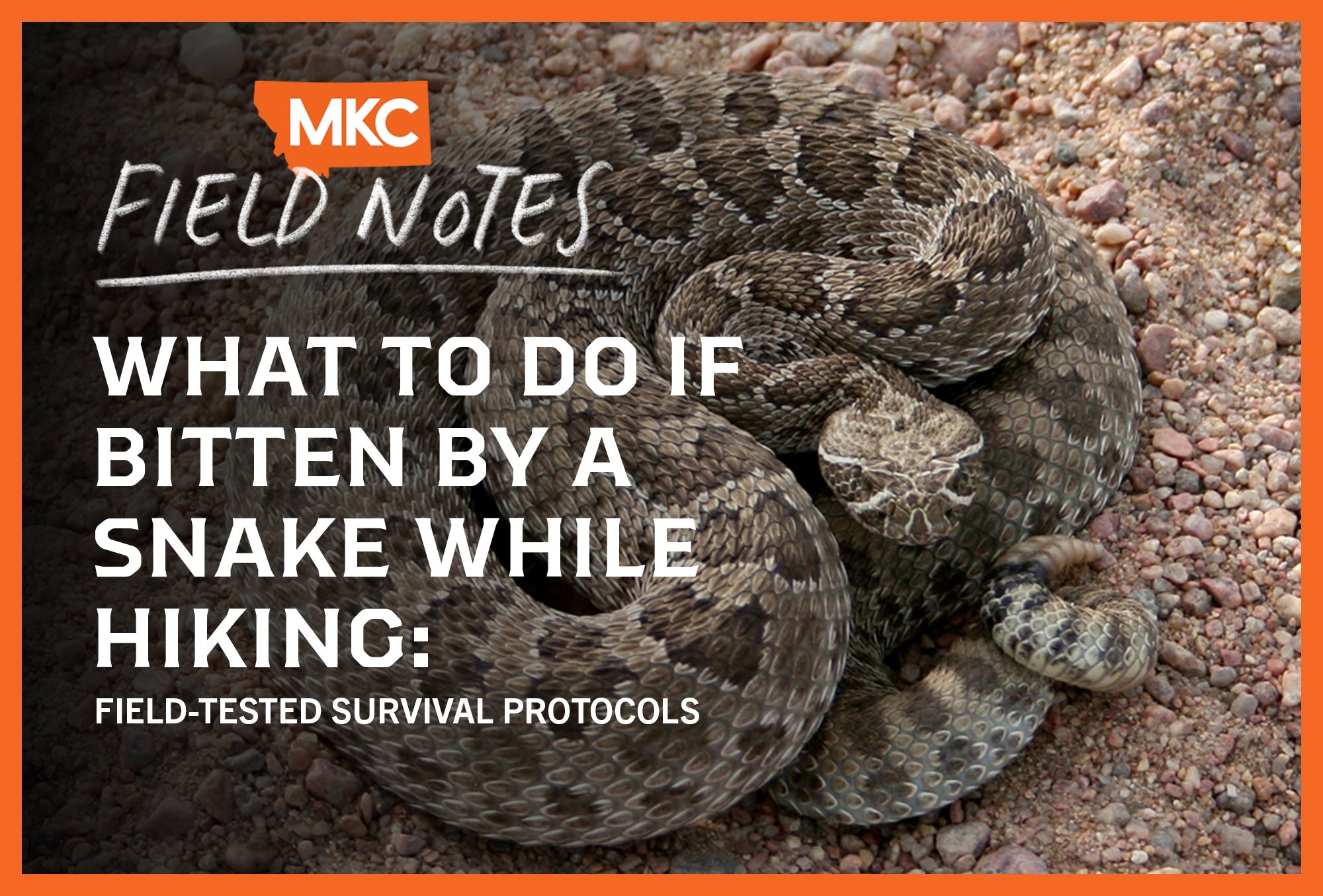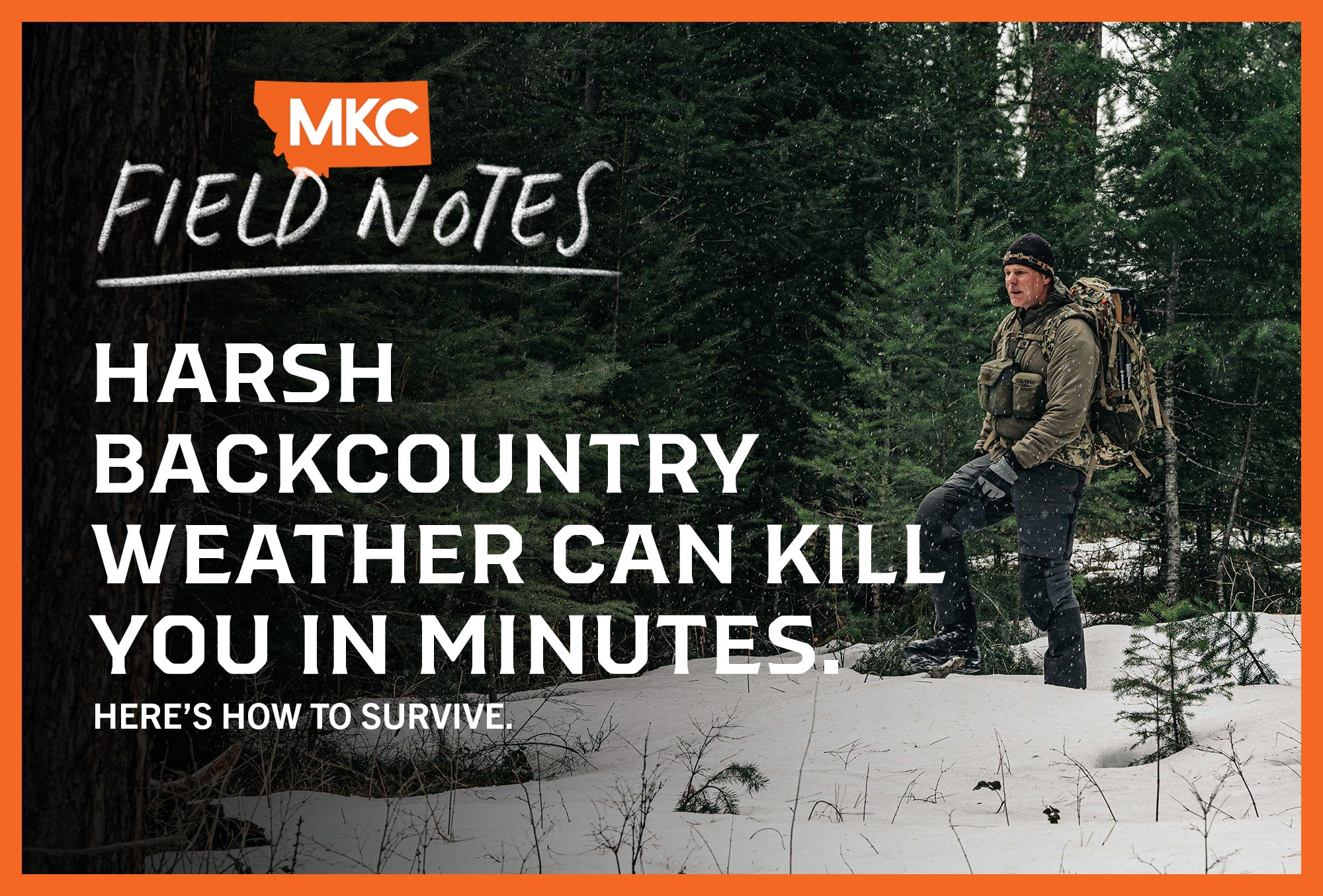High altitude can’t be smelled, tasted, or seen, but it can shut down your hunt faster than any gear failure or weather event. When you’re planning that dream mule deer hunt at 13,000 feet, knowing how to prepare for high-altitude hiking is the difference between filling your tag and getting evacuated.
I’ve shepherded three strong hunters out of the mountains after altitude crushed them, including one friend on Mount Whitney, who I suspected was suffering from cerebral edema.
These weren’t weak or unprepared hunters. Altitude sickness doesn’t discriminate.
Understanding High-Altitude Hiking Challenges
Consider any elevation above 8,000 feet as high-altitude territory. At these elevations, your body starts working differently, and those differences can turn dangerous fast if you don’t respect them.
Every person responds to altitude differently. For example, I perform well up to 10,000 or 11,000 feet without major adjustments. Above that, I need to slow my pace and increase hydration.
You might handle high-altitude hiking better or worse than I do. Your response can even change from trip to trip.
The hunters who struggle most with high-altitude hiking aren’t who you’d expect. Young, fit athletes often suffer worse than slower, methodical hunters. I’ve watched gym warriors who crush six-minute miles at sea level get humbled at 10,000 feet because they expected their low-altitude fitness to translate.
That cockiness kills hunting trips. The guy who brags about his 60-pound pack workouts back home often pushes too hard on day one and spends the rest of his hunt recovering, if he recovers at all.
How to Train for High-Altitude Hiking Before Your Hunt
The best training for altitude happens at altitude, but most hunters can’t relocate to Colorado three months before their hunt.
Here’s what actually works when preparing from lower elevations:
Hydration Is Your Foundation
Start increasing your water intake two weeks before departure.
Well-hydrated blood flows better and delivers oxygen more efficiently when supply drops at elevation. Dehydration at altitude creates a compound problem: thicker blood trying to deliver less available oxygen.
Plan Your Acclimatization Schedule
The mountaineering principle “climb high, sleep low” saves lives.
If you fly from Ohio to Denver at 5,000 feet, then drive to a trailhead at 8,000 feet, spend your first night at 8,000 feet. Relax, hydrate, and let your body adjust. The next day, you can hike or scout higher, but don’t sleep more than 1,500 feet above your previous night’s elevation.
Following this pattern (24 hours at each elevation, climbing no more than 1,500 feet between sleeping elevations) gives your body time to produce more red blood cells and adjust breathing patterns.
Match Your Hunt to Your Available Days
If you only have five days total for that Colorado mule deer hunt at 13,000 feet, you don’t have enough time to properly acclimatize. Either save more vacation days or choose a hunt area at a lower elevation.
You can’t fight altitude with willpower.

Recognizing AMS Hiking Symptoms Early
Acute Mountain Sickness (AMS) starts subtly but escalates quickly. Watch for these early warning signs during high-altitude hiking:
- Persistent headache that doesn’t respond to normal pain relievers
- Unusual fatigue beyond normal exertion
- Loss of appetite when you should be hungry
- Feeling like your heart is beating in your ears when lying down
- Restless sleep, even with exhaustion
I experience these symptoms above 12,000 or 13,000 feet when still acclimatizing. With proper pacing and hydration, they typically clear within 24 hours.
When High-Altitude Hiking Becomes Life-Threatening
Ignoring AMS hiking symptoms leads to two potentially fatal conditions:
High Altitude Pulmonary Edema (HAPE) attacks your lungs. Beyond normal AMS symptoms, you’ll struggle to breathe even at rest.
You might hear gurgling or rattling in your chest. Some hunters cough up blood-tinged sputum. Your lungs are filling with fluid, and you’re drowning in the mountains.
High Altitude Cerebral Edema (HACE) targets your brain. Confusion replaces clear thinking. Your coordination fails. You might not recognize your hunting partner or forget where you are.
Increased brain pressure causes neurological damage that can kill within hours.
My buddy on Mount Whitney couldn’t keep food or water down. He vomited constantly and became incoherent. We dropped 5,000 feet immediately, got to the car, and descended another 5,000 feet to the desert floor.
Even then, it took hours before he felt normal again.
How to Prevent Altitude Sickness When Hiking: Your Action Plan
Prevention beats treatment every time when dealing with altitude. Here’s your action plan:
Immediately Respond to Symptoms
Drop elevation immediately if you or your partner show concerning symptoms.
Don’t wait until morning. Don’t tough it out. Descend until symptoms improve, then descend more for a safety margin.
Monitor Your Hunting Partner
Watch each other closely. Altitude-affected hunters often don’t recognize their own impairment. If your partner seems off, speak up. If you’re not feeling right, tell your partner.
Pride has no place above 8,000 feet.
Consider Medical Options
Doctors can prescribe preventive medications for high-altitude hiking. These aren’t magic pills. They help some people, but they aren’t substitutes for proper acclimatization.
Discuss options with your doctor if you have limited acclimatization time.
Get Medical Help for Severe Symptoms
Both HAPE and HACE require immediate medical attention.
A friend of mine went to Colorado after we’d discussed altitude symptoms. When he recognized them, he descended immediately and went straight to the hospital. They kept him overnight for observation.
That decision probably saved his life.
Planning Your High-Altitude Hunt for Success
Knowing how to train for high-altitude hiking keeps you out in the field.
Build buffer days into your schedule for acclimatization. Choose hunting areas that match your available preparation time. And accept that high-altitude hiking requires different pacing than your normal hunting grounds.
Your body generates warning signals at altitude. Listen to them. That once-in-a-lifetime tag means zilch if you’re too sick to hunt.
I’ve hunted successfully above 13,000 feet many times because I respect altitude’s power. The mountain doesn’t care about your fitness level, your tag cost, or your limited vacation days. Take altitude seriously, and it becomes just another hunting challenge to manage.
Ignore it, and you might not make it home.

by John Barklow, a Special Operations Survival Instructor and consultant who has spent decades teaching military personnel and civilians survival techniques in extreme environments.






























